
OR
Nepali Army faces risk of losing Rs 3 billion due to negligence in helicopter repair
Published On: December 22, 2023 04:20 PM NPT By: Tapendra Karki
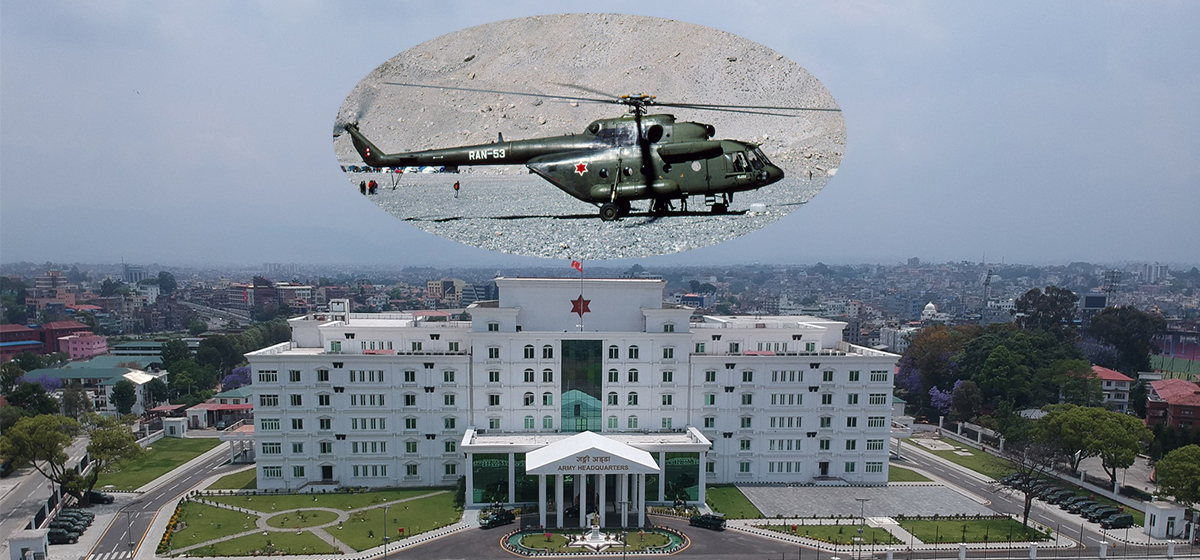
KATHMANDU, Dec 22: There is a risk of the Nepali Army losing approximately Rs 3 billion following negligence in the selection of a company for the repair of the national army's Mi-17 V5 helicopter. The army had dispatched the helicopter to India for maintenance under a contractual agreement about a year ago. However, there has been no discernible progress in the repair process, raising concerns about the anticipated Rs 3 billion loss.
The Nepali Army had procured two Russian-made Mi-17 V-5 helicopters from Rosoboronx Port in 2070 BS. Subsequently, one of these helicopters was sent to India's MDSL company for maintenance two years later. Notably, MDSL is not an officially designated company for maintenance and repair by the helicopter's manufacturer.
Facilitating the transportation of the helicopters to MDSL for maintenance was a company named Wand Box, acting on behalf of Nepal. Following MDSL's inability to repair the helicopter taken to India in January 2023, certain parts were sent to Vietnam for repair. Simultaneously, the engine and other components were dispatched to Russia for repair. While MDSL has informed the Nepali Army that some parts are being repaired in India, the status of the engine sent to Russia remains uncertain, according to a high-ranking military source.
Sources indicate that the Nepali Army, under political pressure, permitted MDSL to undertake the helicopter repairs without obtaining comprehensive information about the designated repair company. To date, the army has already expended Rs 540 million on the helicopter.
Brigadier General Krishna Prasad Bhandari, the spokesperson for the Nepali Army, confirmed that one helicopter was sent to India for repairs under an agreement with the Indian government. He mentioned ongoing repair efforts but also suggested that parts not producible by the Indian company may have been sent to the official Russian company, 'Nyash,' for repairs.
However, Nyash sent a letter to the Nepali Army explicitly stating that they would not assume responsibility if other companies were involved in the repairs. This revelation shocked the Directorate of Army Aviation, as the decision to send the helicopter to MDSL for repair was made without consulting the head of the Directorate.
The Army had initially sought proposals from helicopter repair companies through the Indian government, receiving submissions from MDSL and Evachanco via the Indian Embassy in Kathmandu. After accepting MDSL's proposal, the Nepali Army proceeded with the helicopter's maintenance. It's worth noting that the repair was expected to fit within the allocated budget of Rs 540 million.
Earlier, the Indian Army's BRT Chandigarh had successfully repaired and returned a similar helicopter. However, there are concerns about the possibility of its return, as the Indian company sent it to Russia for the engine repair of another helicopter. Failure to retrieve the repaired helicopter could result in a substantial Rs 3 billion loss for the Nepali Army, and acquiring a new helicopter would incur a cost exceeding Rs 3 billion, as stated by a senior army officer.
Two years ago, the Nepal Army had sought assistance from the Indian Army in coordinating helicopter maintenance, unable to directly acquire materials from Russia. After the Indian Army's refusal, materials were sourced from Ukraine for repairs. Subsequent issues arose in the engine, leading to its transfer to India's MDSL company for repairs a year ago.
Earlier, in 2072 BS, the army had spent millions on spare parts for the Mi-17 V5 helicopter. The procurement process for these helicopters in 2070 BS had faced disputes, with the Jangi Adda (head office of Nepal Army) allegedly violating laws, rules, and procedures. The Office of the Auditor General had raised objections to the procurement, expressing dissatisfaction with the lack of specifications and detailed descriptions during the purchase.
Initially, the Nepal Army had engaged directly with Rosoboronax Port for the helicopter procurement process. However, after controversies emerged, a Cabinet meeting in October 2013 passed procedures for helicopter procurement, emphasizing the need for specifications, designs, and cost estimate approvals. Despite these regulations, the helicopters were purchased without adhering to these guidelines.
At present, the Nepali Army possesses four Mi-17s helicopters, provided by the President of India, alongside helicopters from Ireland and Poland. The fleet also includes Superpuma helicopters from a French company, as well as Avro, Sky Truck, and other aircraft. White-colored Superpuma and Vail helicopters are utilized for elite and special-person flights.
You May Like This

Expecting mother airlifted to safety
RARA, March 28: A woman who had been facing problems giving birth since the past three days was airlifted from... Read More...
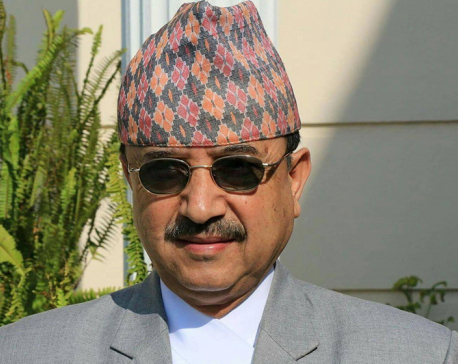
Govt not reducing number of army personnel: Defense Minister Khadka
KATHMANDU, July 14: Deputy Prime Minister and Minister for Defense Purna Bahadur Khadka has made it clear that the government... Read More...
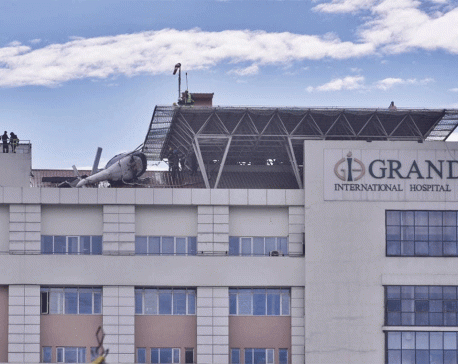
Helicopter crash-lands at Kathmandu-based Grande Int’l Hospital
KATHMANDU, June 30: A helicopter has crash-landed on the helipad of Grande International Hospital in Tokha on Saturday afternoon. The accident took... Read More...
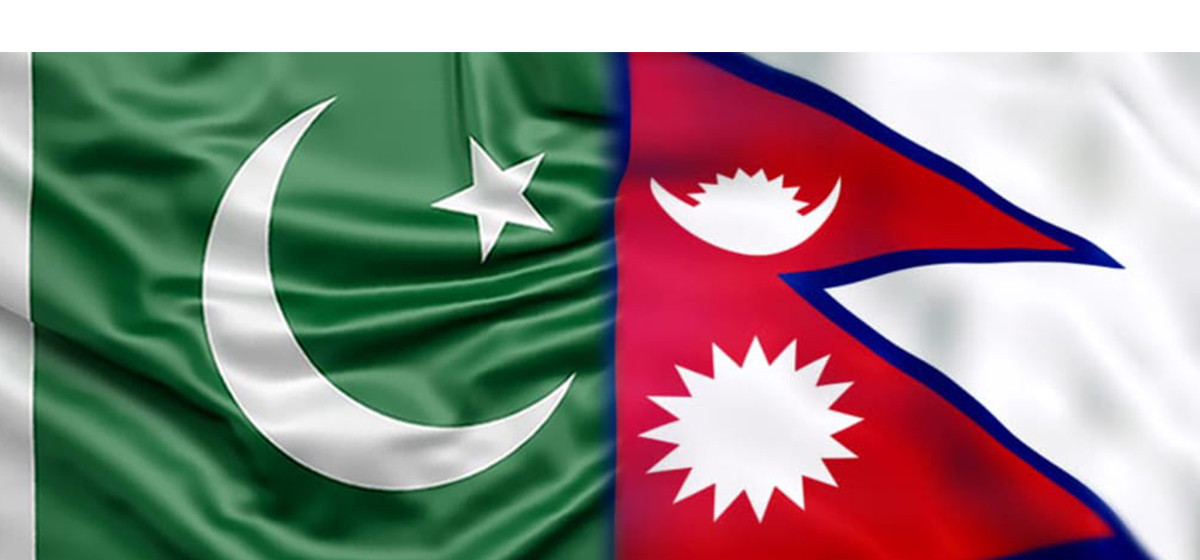
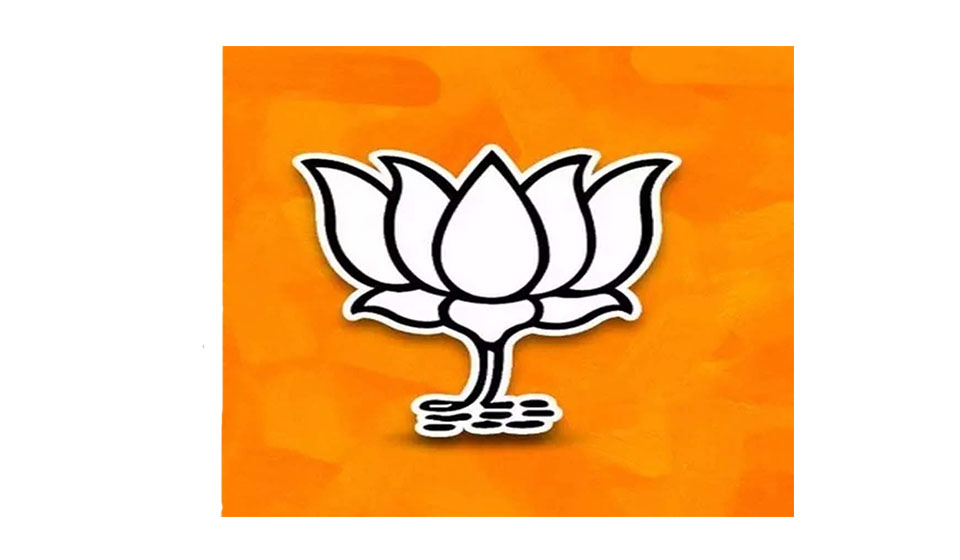

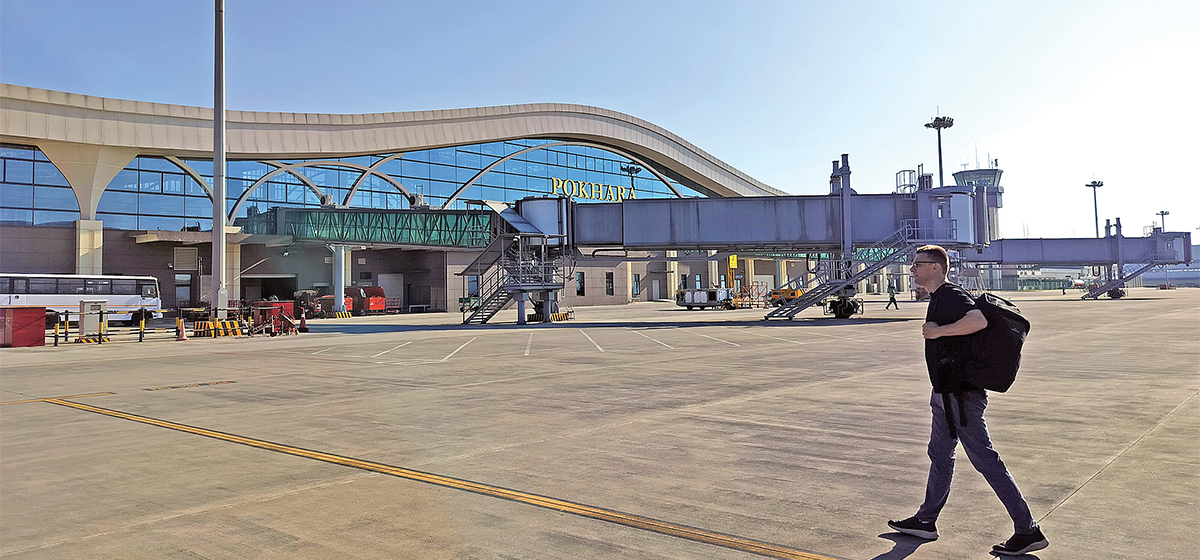

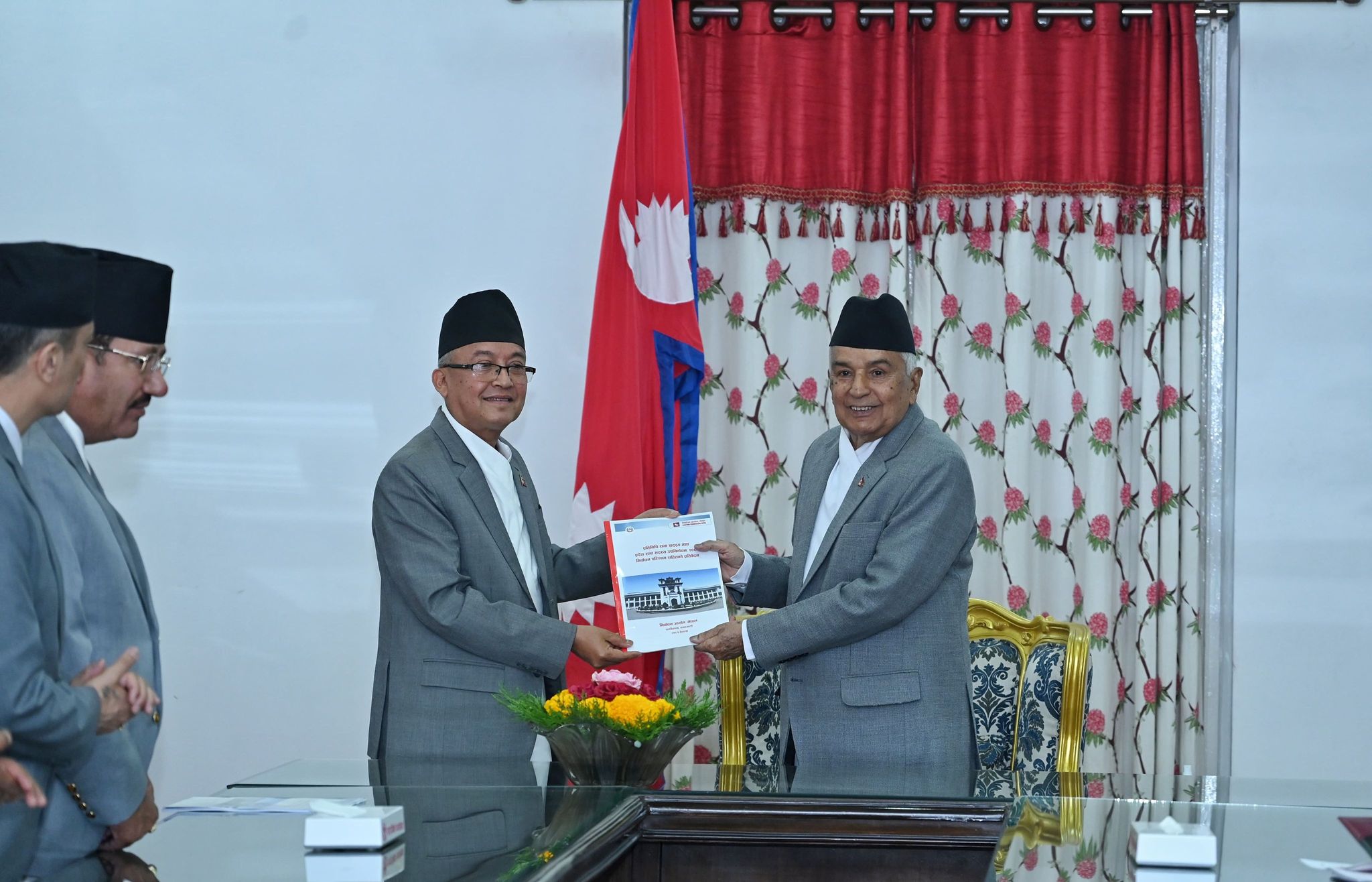
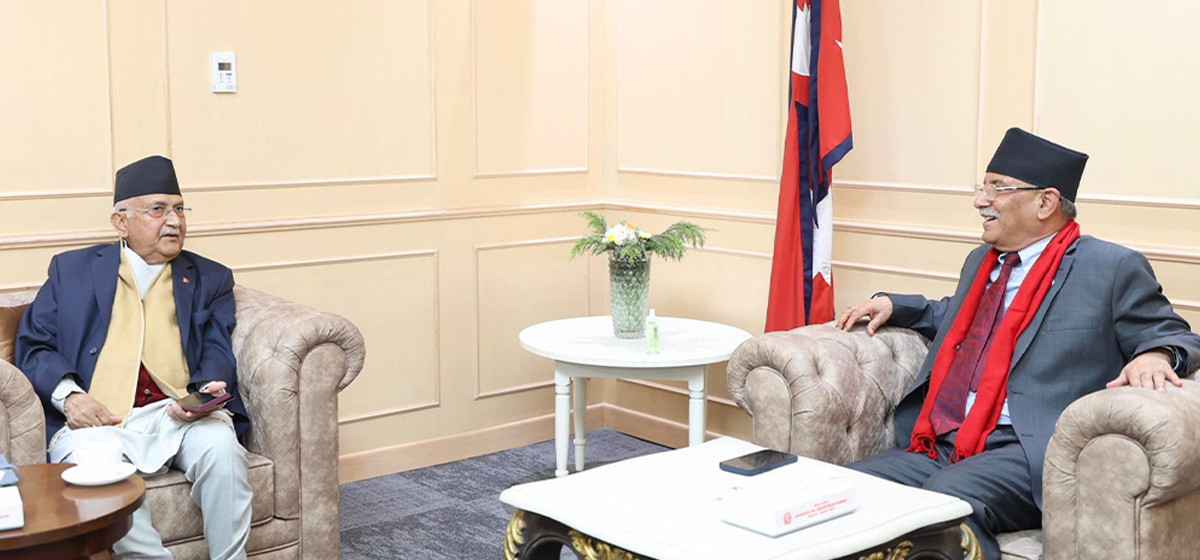
Just In
- Embassy of Nepal in Canada advises students to travel with complete information and accommodation arrangements
- Flights resume at PRIA after four-day closure
- Supreme Court sets new precedent, distinguishes marital rape from rape in a landmark ruling
- EC submits by-election report to President
- Fourth T20 match: West Indies ‘A’ set 210-run target for Nepal
- PM Dahal, UML Chair Oli meet
- Koshi Ruling coalition warns CM Karki of action for his alleged violation of provincial assembly’s special authority
- Govt to expand child nutrition grant program to all 77 districts



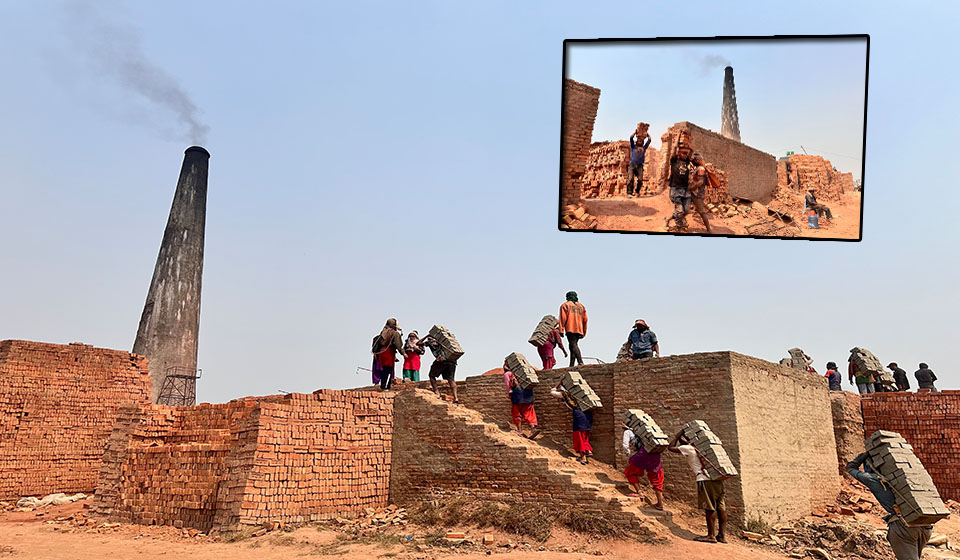

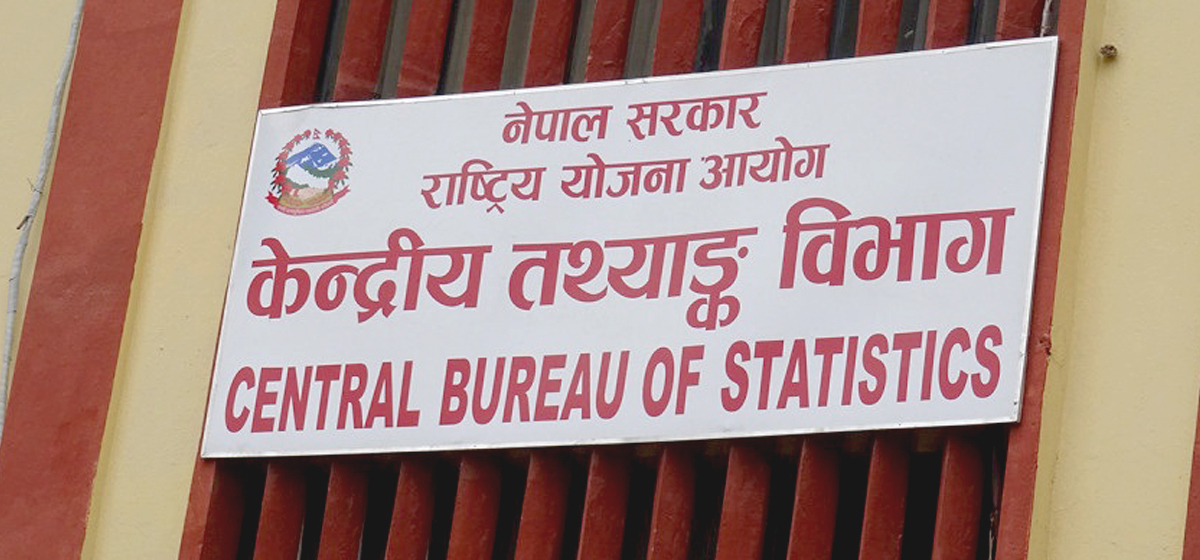
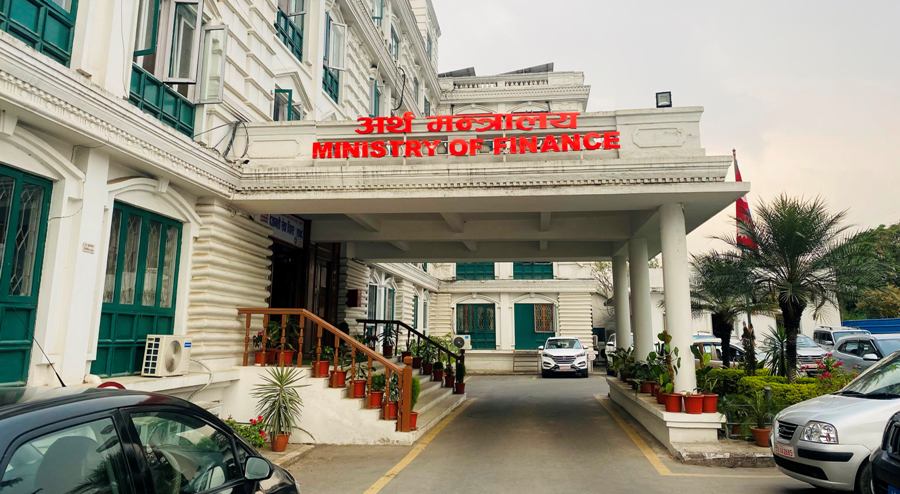
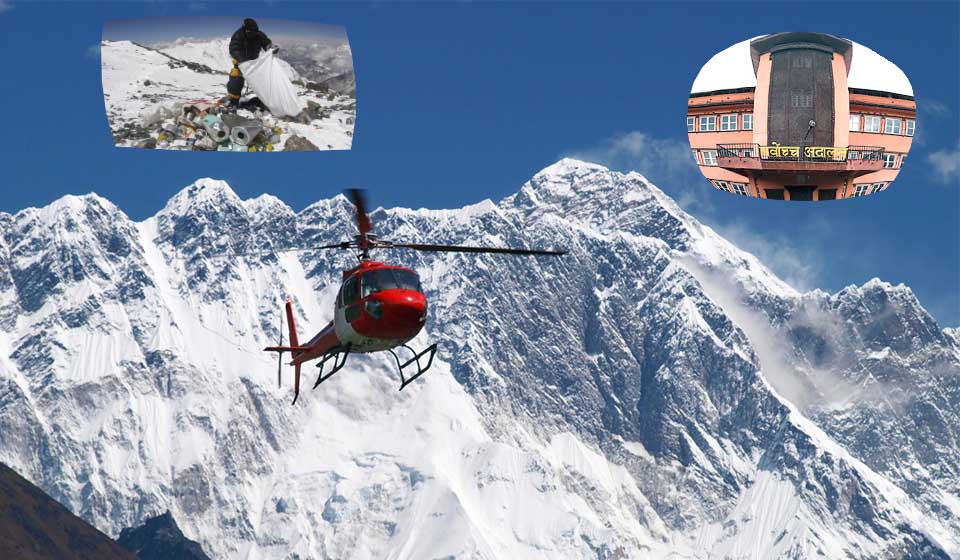

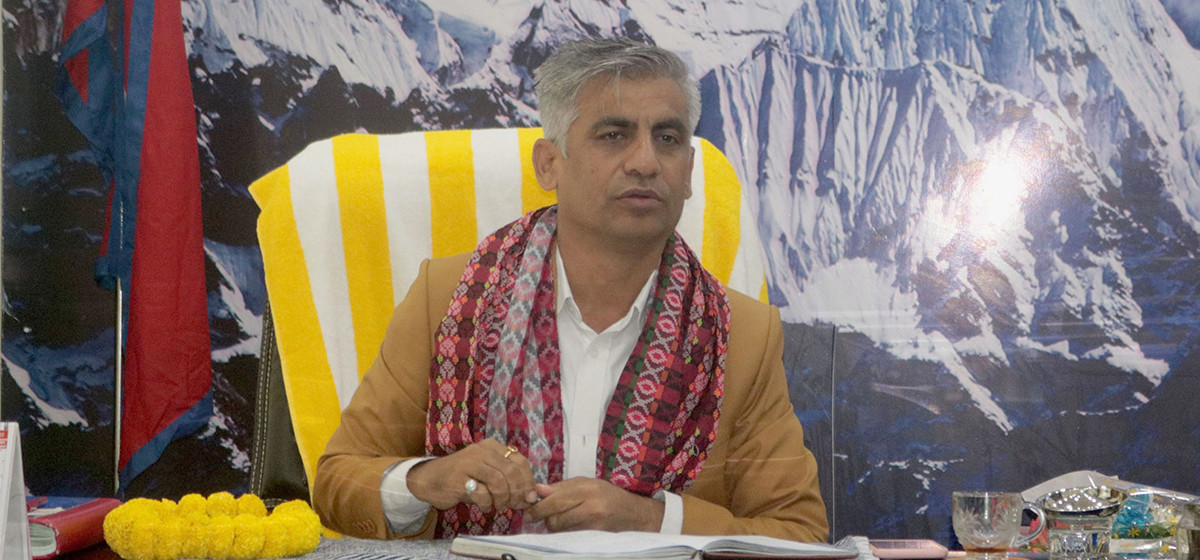

Leave A Comment